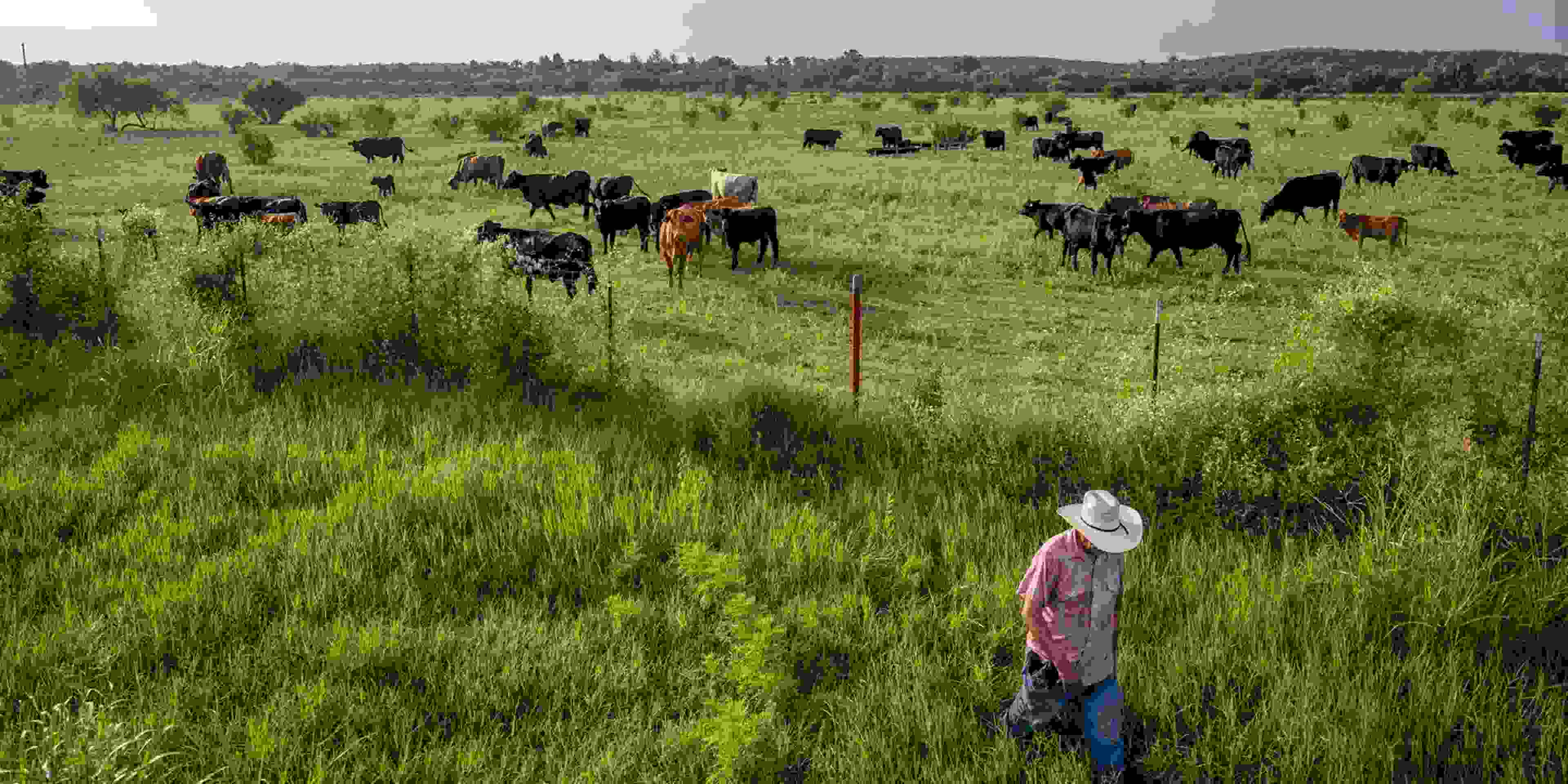Rio De Janeiro - Brazil, the largest country in South America, is not only famous for its vibrant culture, carnival, and football — it’s also a food lover’s paradise. Brazilian cuisine reflects the country’s diverse heritage, influenced by Indigenous, Portuguese, African, and immigrant cultures. Each region offers unique flavors and culinary traditions that showcase Brazil’s rich cultural identity. Whether you’re planning a visit or just curious about global food culture, exploring Brazil’s traditional dishes is a delicious journey worth taking.
1. Feijoada – The National Dish of Brazil
Feijoada is often considered the most iconic Brazilian dish. This hearty black bean stew is typically made with various cuts of pork or beef, including sausage, ribs, and salted meat. Traditionally slow-cooked for hours, feijoada is served with white rice, collard greens, orange slices, and farofa (toasted cassava flour).
It’s commonly enjoyed on Wednesdays and Saturdays in many Brazilian households and restaurants. The dish not only satisfies hunger but also brings families and communities together.
2. Pão de Queijo – Brazilian Cheese Bread
Pão de queijo is a popular snack or breakfast item made from cassava (tapioca) flour and cheese, usually Parmesan or Minas cheese. These small, chewy cheese rolls are naturally gluten-free and widely loved for their crisp exterior and gooey, cheesy center.
You’ll find pão de queijo in bakeries, cafes, and supermarkets all across Brazil — often served warm and fresh from the oven.
3. Moqueca – Brazilian Fish Stew
Moqueca is a flavorful seafood stew that varies by region. In the northeastern state of Bahia, Moqueca Baiana is made with fish or shrimp, coconut milk, palm oil (dendê), onions, garlic, tomatoes, and coriander. In Espírito Santo, Moqueca Capixaba skips the coconut milk and uses olive oil instead.
Served in clay pots and often accompanied by rice and farofa, moqueca is a rich and aromatic dish that highlights Brazil’s coastal bounty.
4. Acarajé – A Street Food Favorite
Acarajé is a beloved street food from the northeastern state of Bahia, especially in Salvador. It consists of deep-fried balls made from black-eyed pea dough, filled with vatapá (a spicy shrimp and peanut paste), dried shrimp, and salad.
Rooted in Afro-Brazilian traditions, acarajé is both a flavorful snack and a cultural symbol, often sold by women dressed in traditional Bahian attire.
5. Churrasco – Brazilian Barbecue
Churrasco is Brazil’s version of barbecue, and it’s a major part of social gatherings. Originating in the southern states, this cooking style involves skewered meat — typically beef, chicken, pork, or sausage — grilled over open flames.
In churrascarias (Brazilian steakhouses), waiters serve various cuts of meat tableside, sliced directly onto your plate. Churrasco is often accompanied by vinaigrette sauce, rice, farofa, and salads.
6. Brigadeiro – Brazil’s Favorite Sweet Treat
No Brazilian celebration is complete without brigadeiros. These chocolate truffles are made from condensed milk, cocoa powder, butter, and chocolate sprinkles. Rolled into bite-sized balls, brigadeiros are a must-have at birthday parties and festive occasions.
They’re simple to make, irresistibly sweet, and a nostalgic favorite for many Brazilians.
7. Coxinha – The Savory Chicken Snack
Coxinha, meaning “little thigh,” is a teardrop-shaped savory snack filled with shredded chicken and sometimes cream cheese. The dough is made from wheat flour and chicken broth, then breaded and deep-fried to golden perfection.
Coxinha is one of Brazil’s most loved street foods and is commonly found at snack bars, bakeries, and parties.
8. Vatapá – A Spicy Delight from Bahia
Vatapá is a creamy, spicy dish made from bread, shrimp, peanuts, coconut milk, and palm oil. Originating from Bahia, it reflects the African influences in Brazilian cuisine.
Vatapá is often served with acarajé or as a side dish with rice and fish. It’s rich, comforting, and packed with bold flavors.
Conclusion
Brazilian cuisine is a celebration of cultural fusion, rich flavors, and regional diversity. From the hearty feijoada to the sweet brigadeiro, each dish tells a story of Brazil’s history and traditions. Whether you’re exploring Brazilian food through travel, cooking at home, or dining at a Brazilian restaurant, these traditional dishes offer a delicious way to connect with the soul of Brazil.
